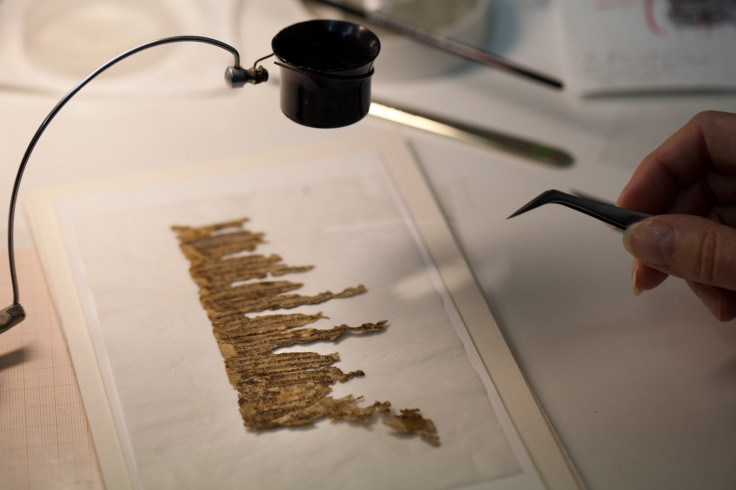One of last two undecoded Dead Sea Scrolls manuscripts finally deciphered
The Dead Sea Scrolls are a spectacular collection of 900 ancient Jewish manuscripts.

Israeli researchers have deciphered one of the last two undecoded manuscripts from the Dead Sea Scrolls, more than 60 years after their discovery.
Eshbal Ratson and Jonathan Ben-Dov from Haifa University painstakingly pieced together 60 tiny fragments, some of which measured less than 1<sup>2 sq cm, to reveal their mysterious secrets.
The Dead Sea Scrolls are a spectacular collection of 900 ancient Jewish manuscripts discovered in the Qumran caves outside Jerusalem between 1947 and 1956.
The collection – which has been described as one of the greatest archaeological finds of the 20th century –contains the oldest known biblical manuscripts, among other important works.
Written in code by an unknown source, the priceless scrolls have fascinated researchers ever since their discovery.
The manuscripts detail special occasions celebrated by the ancient Jewish sect who created them.
Ratson and Ben-Dov were able to identify the name of a festival marking the changes between seasons – known as Tekufah – which was celebrated four times a year.
Annotated notes in the margins made by a scribe correcting the original author's writing helped the researchers to unlock the code.
"What's nice is that these comments were hints that helped me figure out the puzzle – they showed me how to assemble the scroll," Ratzon told Israel's Haaretz newspaper.





















